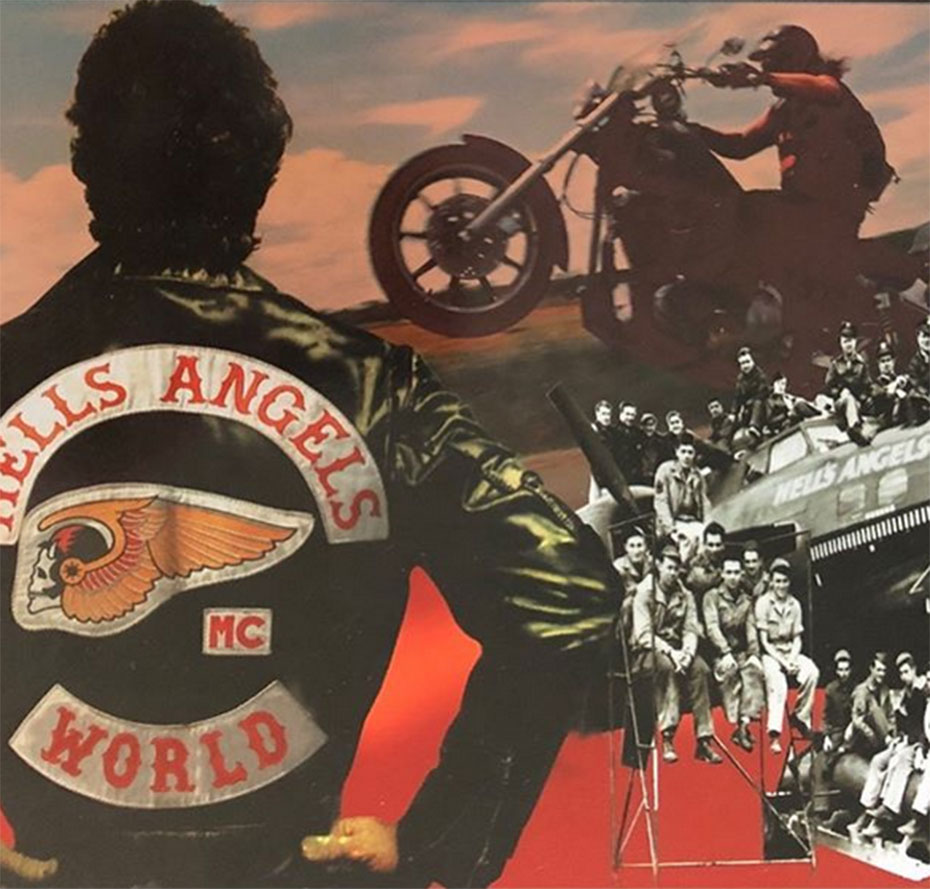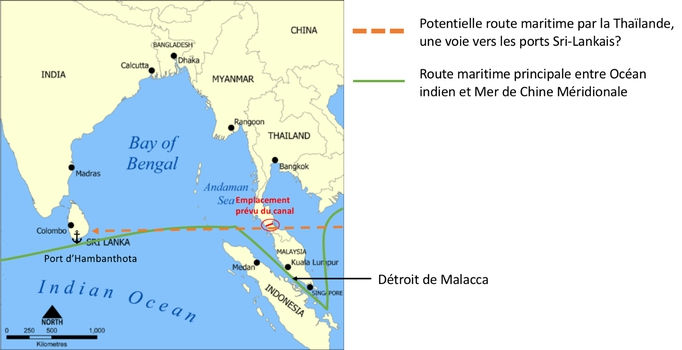Hells Angels: History, Organization, And Operations

Table of Contents
A History of the Hells Angels
Early Years and Formation (1948-1960s):
The Hells Angels' origins trace back to post-World War II California. Emerging from a burgeoning biker culture, the club reflected the rebellious spirit of the era and a rejection of societal norms. Initially a loose collection of motorcycle enthusiasts, the group quickly developed a distinct identity, marked by its distinctive "death head" logo and a penchant for nonconformity. Key early members, many of whom were veterans, shaped the club's early trajectory and laid the foundation for its future growth. Their initial activities revolved around motorcycle rallies, bar fights, and a general defiance of authority. This rebellious image, heavily fueled by media portrayals, would become integral to the Hells Angels' identity.
- Founding members: While precise records are scarce, several key individuals are credited with establishing the initial chapters.
- Early clubhouses: Initially operating from informal hangouts, the club gradually established more permanent locations.
- Early conflicts with rival gangs: Territorial disputes and clashes with other motorcycle clubs were common.
- Expansion beyond California: The club's reach quickly extended beyond its California roots, establishing chapters in other states.
Growth and Expansion (1970s-Present):
The Hells Angels' expansion continued throughout the latter half of the 20th century and into the 21st, establishing chapters internationally. This growth wasn't without significant challenges and controversies. Legal battles, high-profile arrests, and media scrutiny shaped their public image. The club's involvement in various criminal activities, and subsequent law enforcement crackdowns, have been a defining aspect of their history. Yet, the Hells Angels have persisted, adapting to changing social landscapes and maintaining a strong organizational structure. The evolving biker subculture also played a role in their ongoing relevance, attracting new members and maintaining their outlaw image.
- International chapters: The Hells Angels now boast chapters in numerous countries across the globe.
- Significant legal battles: The club has faced countless legal challenges, from racketeering charges to drug trafficking allegations.
- Media portrayals: Media coverage, often sensationalized, has played a crucial role in shaping public perception.
- Evolving biker subculture: The club has adapted to changes within the broader biker culture while maintaining its core identity.
Organizational Structure and Hierarchy of the Hells Angels
The Patch and its Significance:
The Hells Angels' "patch," or logo, is far more than just an emblem; it's a powerful symbol of membership and signifies a commitment to the club's values and code. The patch is highly prized and carries immense significance within the organization. Membership involves a hierarchical structure, progressing through different levels: prospect, member, and various officer positions. Strict codes of conduct, rituals, and internal rules govern the behavior of all members. The initiation process is rigorous, designed to test loyalty and commitment. The club's colors and insignia also hold specific meaning, symbolizing rebellion, brotherhood, and a shared identity.
- Meaning of club colors and insignia: The iconic death head and other symbols are deeply embedded in the club's culture and identity.
- Initiation process: The process of becoming a full-fledged member is a lengthy and demanding one, involving various tests of loyalty and commitment.
- Internal structure and ranks: The organizational structure reflects a clear hierarchy, with distinct roles and responsibilities for different members.
- Rules and regulations: Members are expected to adhere to a strict set of rules and regulations that govern their behavior both within and outside the club.
Chapter Structure and Communication:
Despite its global reach, the Hells Angels maintain a decentralized organizational structure. Individual chapters operate with a degree of autonomy, while still maintaining connections and coordination with other chapters. Communication between chapters can vary, ranging from informal networks to more formal channels. National and international leadership play a crucial role in overarching strategies and maintaining overall cohesion. However, the structure is designed to ensure some resilience against law enforcement crackdowns; the autonomy of individual chapters allows the organization to withstand setbacks.
- Chapter organization: Each chapter functions independently but remains part of the larger Hells Angels network.
- Communication channels: Various methods are used for communication, ensuring both secrecy and efficiency.
- Leadership roles: Different leadership positions within each chapter and across the larger organization manage operations and ensure internal cohesion.
- Levels of authority: The hierarchy ensures that decisions are made effectively, with clear lines of authority.
Operations and Activities of the Hells Angels
Legal Businesses and Activities:
While often associated with criminal activities, it's important to note that some Hells Angels members are involved in legitimate businesses. However, separating these legal operations from the club's illegal activities is often complex. Analyzing the economic activities of the Hells Angels reveals a multifaceted picture, incorporating both legitimate and illegitimate income streams. The financial management within individual chapters varies, but it's crucial to understand that the club's overall financial stability is often tied to illicit activities.
- Examples of legal businesses (if any): While some members may be engaged in seemingly legitimate enterprises, their connection to the club often raises suspicion.
- Income sources: The Hells Angels utilize various income streams, some legal, others clearly illegal.
- Financial management within chapters: The management of funds can range from informal to more structured systems.
Illegal Activities and Criminal Investigations:
The Hells Angels have a long and well-documented history of involvement in various illegal activities, including drug trafficking, violence, extortion, and money laundering. Law enforcement agencies worldwide have conducted numerous investigations and operations targeting the club, leading to numerous arrests and convictions. However, prosecuting Hells Angels members presents unique challenges due to the club's strong organizational structure, strict code of silence (omerta), and sophisticated methods of concealing their criminal activities. Ongoing conflicts with law enforcement underscore the persistent challenges posed by this notorious organization.
- Types of criminal activities: A wide range of illegal activities contributes to the Hells Angels' substantial criminal enterprise.
- Notable investigations and arrests: Numerous major operations have targeted the Hells Angels across various jurisdictions.
- Legal challenges: Prosecuting members involves overcoming legal obstacles and the difficulties associated with gathering evidence.
- Ongoing conflicts with law enforcement: The struggle between law enforcement and the Hells Angels remains a constant battle.
Conclusion:
This exploration of the Hells Angels Motorcycle Club revealed a complex organization with a rich—and often violent—history. From their origins in post-war California to their global presence today, the Hells Angels have continuously adapted and evolved, maintaining a strong organizational structure and engaging in a range of legal and illegal activities. Their intricate hierarchy, strict codes, and involvement in various criminal enterprises continue to present significant challenges to law enforcement worldwide.
Call to Action: To further understand the complexities of this notorious organization, continue researching the Hells Angels and their ongoing impact on society. Learning more about their history, organization, and operations allows for a more informed discussion about outlaw motorcycle gangs and their influence. Learn more about the Hells Angels and the ongoing challenges they pose.

Featured Posts
-
 Can We Make Housing Affordable Without Crashing Home Prices The Gregor Robertson Approach
May 26, 2025
Can We Make Housing Affordable Without Crashing Home Prices The Gregor Robertson Approach
May 26, 2025 -
 Moto Gp Kembali Ke Brasil Sirkuit Ayrton Senna Di Goiania Siap Untuk Balapan 2024
May 26, 2025
Moto Gp Kembali Ke Brasil Sirkuit Ayrton Senna Di Goiania Siap Untuk Balapan 2024
May 26, 2025 -
 Efficient Podcast Creation Utilizing Ai To Digest Repetitive Scatological Data
May 26, 2025
Efficient Podcast Creation Utilizing Ai To Digest Repetitive Scatological Data
May 26, 2025 -
 Lutte Contre La Piraterie Iptv Le Point De Vue De Rtbf Et Rtl Belgium
May 26, 2025
Lutte Contre La Piraterie Iptv Le Point De Vue De Rtbf Et Rtl Belgium
May 26, 2025 -
 Rtbf Et Rtl Belgium Contre Le Piratage Iptv Quelles Sont Les Solutions
May 26, 2025
Rtbf Et Rtl Belgium Contre Le Piratage Iptv Quelles Sont Les Solutions
May 26, 2025
Latest Posts
-
 Choosing Between Annuals And Perennials A Practical Guide For Gardeners
May 29, 2025
Choosing Between Annuals And Perennials A Practical Guide For Gardeners
May 29, 2025 -
 Spring Valley Vs Spring Mills A Comprehensive Match Report 88 36
May 29, 2025
Spring Valley Vs Spring Mills A Comprehensive Match Report 88 36
May 29, 2025 -
 Annuals Or Perennials A Guide To Choosing The Perfect Flowers
May 29, 2025
Annuals Or Perennials A Guide To Choosing The Perfect Flowers
May 29, 2025 -
 Spring Valleys 88 36 Rout Of Spring Mills Game Recap
May 29, 2025
Spring Valleys 88 36 Rout Of Spring Mills Game Recap
May 29, 2025 -
 Perennials Vs Annuals Making The Best Choice For Your Flowerbeds
May 29, 2025
Perennials Vs Annuals Making The Best Choice For Your Flowerbeds
May 29, 2025
